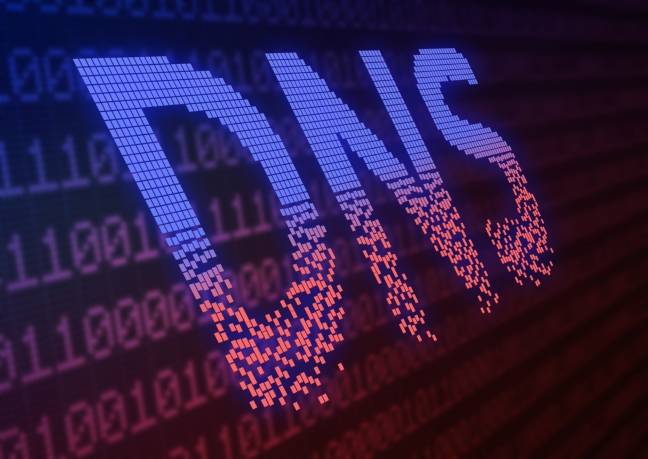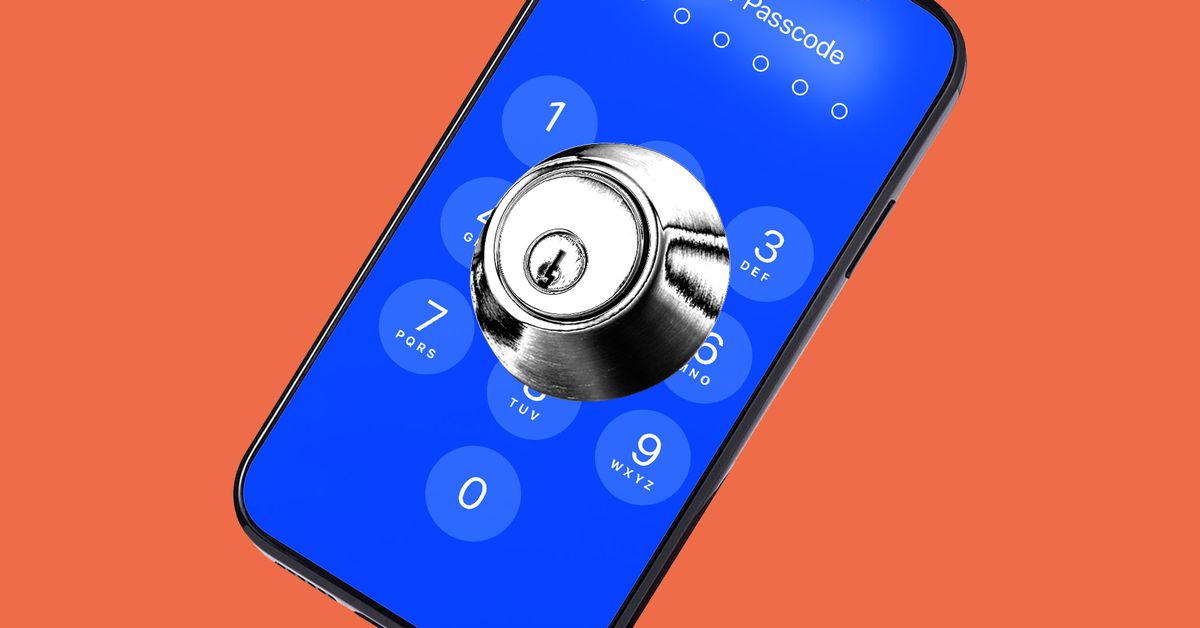True. It is just another avenue to label things.
umami_wasabi
pending anonymous user
- 14 Posts
- 346 Comments
Please allow me to have a little bit of time deep thoughts and organize myself. It might take a while, but I will give you a response.
And the lack of label just reinforced the confirmation bias.
The problem is you can’t make a digital label that hard to circumvent. Much like a signature, you sign something you want to prove it is genuinely from you, but you won’t sign something that’s not from you while not signing things that are, especially in digital format. Digital signature can just be stripped out of the data. Watermarks on images can now patched with the help of inpainting models. Disclaimers in text can just be deleted. The default shouldn’t be “This thing doesn’t have an AI label so it would be written by human.” The label itself it a slippery slope that helps misinformation spread faster and aid building alternate facts. Adding a label won’t help people identify contents generated with ML models, but let them defer the identification to that mere label because it said so, or didn’t.
Misinformation didn’t spread fast simply because fascists obtained controls on medias. Just look at how China, Russia, and Iran launch misinformation campaigns. They didn’t have to control those media, but some seed accounts that make sensational title that attracts people in more powerful position and recognition to spread it out. For more info on misinformation and disinformation, I recommend you watch Ryan McBeth’s video on YT.
Yes, we need a way to identify what is and what not generated by ML models, but that should not be done by labeling ML contents.
Then what AI generated slop without label are to the plain eyes? That label just encourge the laziness of the brain as an “easy filter.” Those slop without label just evelated itself to be somewhat real, becuase the label exist exploiting the laziness.
Before you said some AI slop are clearly identifiable, you can’t rule out everyone can, and every piece are that identifiable. And for those images that looks a little unrealistic, just decrease the resolution to very grainy and hide those details. That will work 9 out of 10. You can’t rule out that 0.1% content that pass sanity check can’t do 99.9% damage.
After all, human are emotional creatures, and sansationism is real. The urge of share something emotional is why misinformation and disinformation are so common these days. People will overlook details when the urge hits.
Somethimes, labeling can do more harm than good. It just give a false sense.
That’s a different thing. C2PA is proving a photo is came from a real camera, with all the editing trails. All in a cryptographic manner. This in the topic is trying to prove what not real is not real, by self claiming. You can add the watermark, remove it, add another watermark of another AI, or whatever you want. You can just forge it outright because I didn’t see cryptographic proof like a digital sign is required.
Btw, the C2PA data can be stripped if you know how, just like any watermarks and digital signatures.
Think a layer deeper how can it misused to control naratives.
You read some wild allegation, no AI marks (they required to be visible), so must written by someone? Right? What if someone, even the government jumps out as said someone use an illiegal AI to generate the text? The questioning of the matter will suddently from verifying if the allegation decribed happened, to if it itself is real. The public sentiment will likely overwhelmed by “Is this fakenews?” or “Is the allegation true?” Compound that with trusted entities, discrediting anything become easier.
Give you a real example. Before Covid spread globally there was a Chinese whistleblower, worked in the hospital and get infected. He posted a video online about how bad it was, and quickly got taken down by the government. What if it happened today with the regulation in full force? Government can claim it is AI generated. The whistleblower doesn’t exist. Nor the content is real. 3 days later, they arrested a guy, claiming he spread fakenews using AI. They already have a very efficient way to control naratives, and this piece of garbage just give them an express way.
You though that only a China thing? No, every entities including governments are watching, especially the self-claimed friend of Putin and Xi, and the absolute free speech lover. Don’t think it is too far to reach you yet.
That’s what they want. When people doing it locally, they can discredit anything as AI generated. The point isn’t about enforability, but can it be a tool to control narative.
Edit: it doesn’t matter if people actually generating locally, but if people can possibly doing it. As long as it is plausible, the argument stands and the loop completes.
Lol. So everything and anything can just be AI generated fakenews.
Posteo’s lack of custom domain support can be augemented by using Addy.io or other similar email proxy/forward services.

 3·10 months ago
3·10 months agoIf you can handle steep learning curve with less proven stability, Mikrotik.

 7·10 months ago
7·10 months agoSo TSMC have its own fab plus at max 50% of Intel fab? Isn’t that… monopoly?

 36·10 months ago
36·10 months agoChineseAny Government

 75·10 months ago
75·10 months agoBut OLED can get burn in and degrade over time. This will too, but you can just replace the light bulb.
This is a reality of any software. Those requirements exists by themselves or in some combinations, but once you want them all, the difficulty grows exponentially.
The Sunbird model works. Their model isn’t that hard to replicate, and have the steps laidout for you to copy. However, it doesn’t offer some perks you want with limitations. For example, you can only have 5 devices linked to 1 Signal account. There is no 2FA, fine grained access control, nor audit log. The search functionality is not particularly good.
There are ways to overcome those limitations but you will need some tech savvy dude with proper security backgroud/training to design, implement, and manage that. It steps into semi-custom developement and integration, and be warned, it is hard to done right, especially anything with security.
Say your organization is doing something like Amnesty International (at least sounds awlful lot similar to me), you want a solution that
- encryption
- shared inbox between trusted members
- minimal meta-data leak to providers (service providers and network node operators)
- hide who is sending/receiving
- easy to search/indexed
- fine grained access control
- audit log of who responed to who
- multi-device
- single stable address/contact point (how “stable” you need it to be?)
- 2fa?
- easy to use
Am I correct? To be honest, it is quite a tall order. I can’t really think of a solution right now. Email is definitely out of the question because you can’t hide who is sending and receiving the email.

 10·10 months ago
10·10 months agoMay I have the legal text, of any country, requiring a certification to sell any printers, or have EURion contellation dection implemented, or legally required to implement tracking dots?

 6·10 months ago
6·10 months agoALPR already exist. The situation won’t get better or worst, no matter what license you release under.
I don’t understand why you need encryption. It seems you are concerned about access control and metadata on the security side. If that’s the case, it is more advisable to host your own email server. However, be aware that once the email is sent, your recipient email system may be hosted by other email providers that you might not desire. You can reduce the metadata leaks by using encryption, but as you are aware, not everybody kin to use it. And to be effective, it must be used by both sides.








I believe the arrest did happened, but unclear what those two said in the comms, How frequent the comms were, or did in school’s area. For sure missing details, and try to get readers emotional.
https://www.independent.co.uk/news/uk/home-news/parents-arrest-school-whatsapp-complained-cowley-hill-b2723751.html